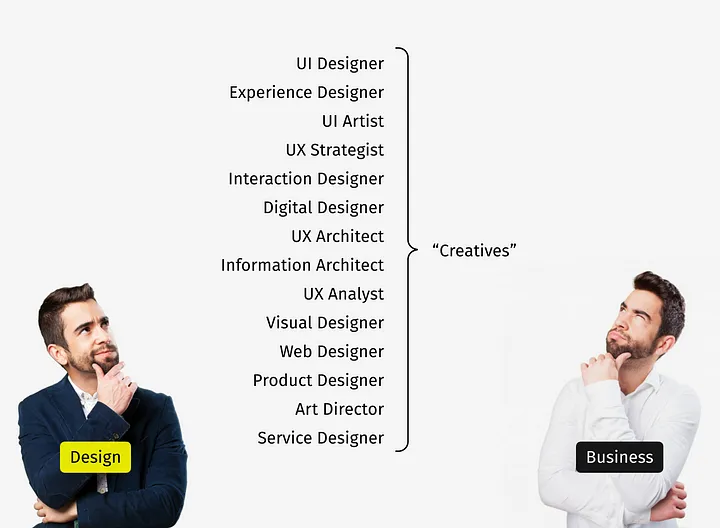In 1995, Apple’s Cognitive Scientist, Donald Norman, coined the term “User Experience.” This shifted how companies created products, pushing them toward a Human-centred design approach to better understand their users. The goal is simple: make products that are intuitive, efficient, and enjoyable. This led to dedicated User Experience departments in companies such as Amazon, which now has a Director of UX.
The User Experience Design industry has existed for 28 years (but designing for everyday things has been happening for millennia). In my experience, only people formally trained in UX Design seem to grasp the role’s responsibilities. At my last two companies, there was serious confusion about my job. Both employers assumed I was a coder with a “good eye”, or a software developer tasked with making things “aesthetically pleasing.” They even thought branding style guides and marketing brochures were part of the User Experience Design process.
I recently saw a job posting for a “UX/UI Designer/Developer…”
That’s just as awkward as advertising for a “Vehicle/Bus Driver/Mechanic.”

A major cause is the lack of proper education about UX Design. Few industries train teams to understand the discipline’s depth. Many professionals still think UX begins and ends with a wireframe. Without structured learning, people misinterpret the field entirely. It’s like driving without a licence; possible, but dangerous, and the results usually show.
To fix this, education must go beyond tutorials and tools. We need formal, structured programmes that teach the process from research to evaluation, showing how UX ties to business outcomes. When organisations and individuals grasp the real value of UX, they can make informed design decisions instead of cosmetic ones.
It’s Not a Joke
Being a User Experience Designer isn’t a joke. You must understand the principles, theories, and techniques of human-centred design, which means putting the user at the forefront. We gather extensive user feedback throughout the design process to build an effective and engaging product.
Strong UX Designers also require more than technical skills. Communication and leadership matter just as much. Working with developers, product managers, and executives requires diplomacy, persuasion, and the ability to explain design rationale without jargon. Senior designers must stay current with emerging methods, new interaction models, and accessibility standards. The work demands lifelong learning and humility.
Ignore it at your own Peril.
It goes without saying, that great design does have a clear correlation to business success from the standpoint of shareholder value. Between 2005 and 2015, the large-cap companies that embodied a design-centric approach as part of their strategic priorities performed better by a whopping 211% compared to the broader S&P 500. We’re talking about the likes of Apple, Coca-Cola, Nike, Starbucks, and Disney to name a few.
uxdesign.cc
User Experience Design directly impacts customer satisfaction and loyalty. Positive experiences create repeat customers who recommend the company. A poor user experience, on the other hand, leads to frustration, negative reviews, and lost business.
Ignoring UX Design leads to predictable failures. First, the company will lose customer engagement or see products abandoned. Users will find the product difficult or impossible to use, costing customers and revenue.
Second, the company can face legal issues. If a faulty product design injures a user, the company may be held liable for damages.
Finally, neglecting UX damages the company’s reputation. Users share bad experiences on social media, by word of mouth, and in online reviews. This negative reputation is difficult to recover from.
UX and Agile share more DNA than many realise. The final two phases of design thinking, prototyping and testing, mirror Agile’s cycle of iteration and feedback. Designers who understand Agile can collaborate fluidly with developers, adapt quickly, and validate solutions faster.
When UX teams embrace this rhythm, they don’t just produce prettier screens. They deliver products that evolve in real time with user needs. That is where design proves its worth, not in aesthetics, but in adaptability.
Closing Statement
The role of a User Experience Designer is a specialised field requiring both technical and interpersonal skills. It’s disheartening that so many people still don’t get it, but that just means those of us in the industry have a responsibility. We must advocate for our field and educate the broader public on the role UX Designers play in creating effective and engaging user experiences.
